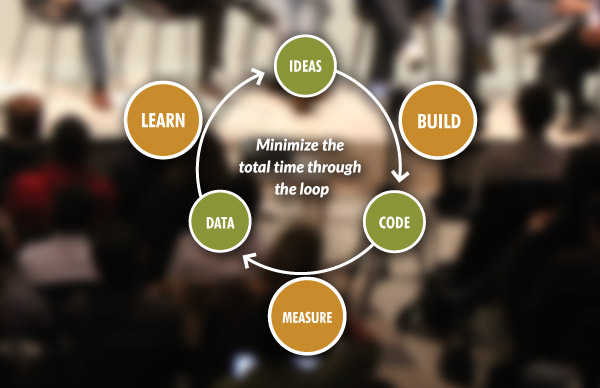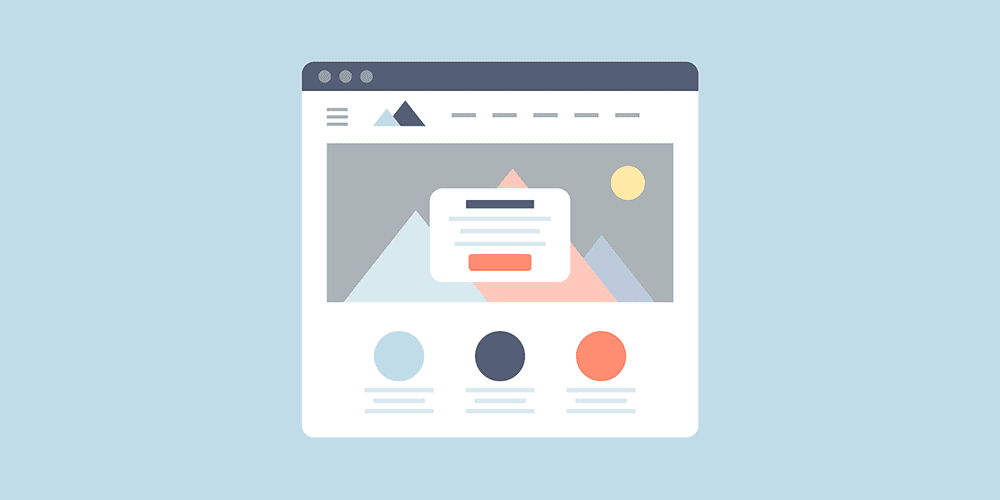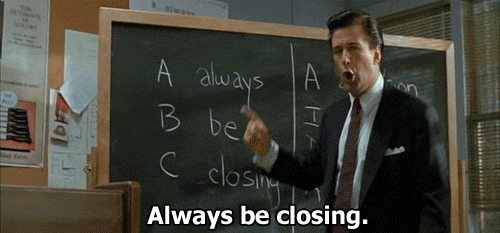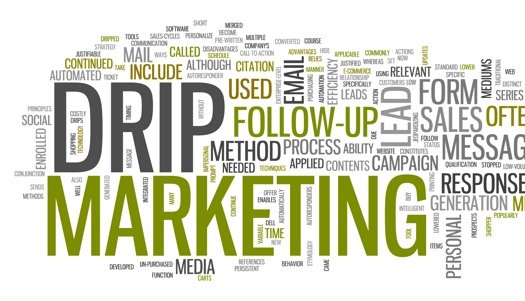The following is a guest post by Niraj Ranjan Rout. Rout is the co-founder & CEO of Hiver, an app that turns Gmail into a powerful customer support and collaboration tool.
Building your product is only half of the journey, while marketing it, selling it, and hitting conversion rate goals is the other half. Both halves are necessary for success and both require a lot of work.
With SaaS startups, there is no standard marketing and sales handbook to follow. The only way to figure out the perfect solution is by trial and error. With that said, there’s plenty of information out there on previously successful techniques that you can use as a starting point and tweak to meet your requirements.
Here are the best ways to boost conversion rates that I’ve discovered while building my own SaaS startup at Hiver.
#1 Start marketing even before you have product/market fit and then let the product evolve
I know this is a counter-intuitive suggestion. When I started Hiver, everyone suggested that we first determine the product/market fit before anything else. Instead, we chose to follow our instincts.
We started building the product based on our own intuitions, and then we instantly started marketing it. After getting our first set of users, we worked on gathering feedback from them. We kept updating the product based on our initial users’ feedback and suggestions.

The process of marketing our product before we validated product/market fit helped us:
- Improve our product based on real suggestions from real customers
- Get to product/market fit much quicker
Now, we already have a customer-approved market fit, which makes it easier for us to achieve good conversion rates. From my experience, I believe that this is a great way to build traction for your startup and land investors.
#2 Build a landing page that depicts your problem-solving capabilities and is not just marketing fluff

You should consider your landing page as the first filter potential customers have to your company and product. If you don’t have an effective landing page, no matter how great the product is, it’s not going help!
Here are tips for a successful landing page:
- The punchline and supporting content should clearly state the problem your product is trying to solve.
- Keep the design clean, easy to read, and positive. We’ve had success using happy colors, images of smiling faces, and including testimonials on our landing pages.
- Provide live, online chat and make sure you respond in a timely manner.
- The images, especially the first image, should clearly portray the product or what the product is about. Trust me, mysterious images only confuse your audience.
If you have the time and resources, A/B test different messages to optimize what works best for your audience.
#3 Hire for sales as soon as you start prospecting leads

At Hiver, we hired a salesperson the moment we started scouring for leads; we did not even wait until we started pitching. After getting your prospects to land on the landing page, the only thing that can convert them into customers is your ability to answer their questions and explain the value.
The key is to make sure you’ve trained your sales people on the ins and outs of your product. It isn’t enough for them to just answer a call or email. In order to successfully convert prospects into paying customers, your salespeople need to provide knowledgeable, reliable answers.
Here are a few reasons why you need a sales hero on your team from the very beginning:
- An experienced salesperson is always prospecting and thinking about who can use your product and how they can connect with them. They know how to generate interest.
- An experienced sales rep will know how to build strong relationships with prospects; selling can be a time-consuming activity which requires a lot of follow-ups and other relationship building tactics.
- An experienced salesperson knows best how to close deals. Period.
Even with an experienced salesperson, you won’t close every prospect…
#4 Keep marketing to prospects who didn’t initially convert

When a prospect doesn’t initially convert, it doesn’t mean the game is over. Drip marketing has been proven to increase conversion rates, and since it is [for the most part] automated, there is no reason you should not be doing it.
Here are some tips for marketing to prospects that have yet to convert:
- Be persistent without being annoying. I have seen cases where prospects take months and sometimes years to convert. Unless your prospects unsubscribe or tell you to leave them alone, don’t give up!
- It is possible the prospect is rejecting your product because they don’t understand its significance or value. Take the time to educate them.
- Seek feedback. Uncover why your prospect hasn’t signed up for your product yet. For example, if they rejected the product due to lack of a feature, then you will know to approach that old prospect again if you end up adding that feature in the future.
Note: SPAM laws mandate there is an unsubscribe link in every email, giving people on your email list the ability to opt-out of your emails at any time.
#5 Optimize the length of free trial duration
Did you know that many SaaS startups lose 80% of their users during the free trial period?
Here’s what you may want to keep in mind: Free trial is an important conversion technique and you shouldn’t randomly choose the length of your free trial.
How long should your SaaS free trial be? There is no one-size-fits-all formula to determine the best free trial duration. The right trial length for your SaaS startup will depend on various factors such as the company type, market condition, product, and more. Be flexible.
If the trial length is too short, your free trial users may not get to experience your product enough to convert. If the trial length is too long, trialers may lose interest or forget about your product altogether.

In the end, your free trial should be just long enough to convince your prospects of the value your product provides and not a day longer. Because there is no set formula, my suggestion is to follow the standard 14-day trial period and experiment from there.
Pay attention to feedback from users — especially if they’re telling you a few more days or weeks of the trial will help them determine if your product is a solution to their problem.
Final thoughts
Remember that it doesn’t matter how amazing your product is: good products and startups fail every day. The only way to achieve SaaS startup success is to use the right strategies, tactics, and methods to increase conversion rates and grow your business.



